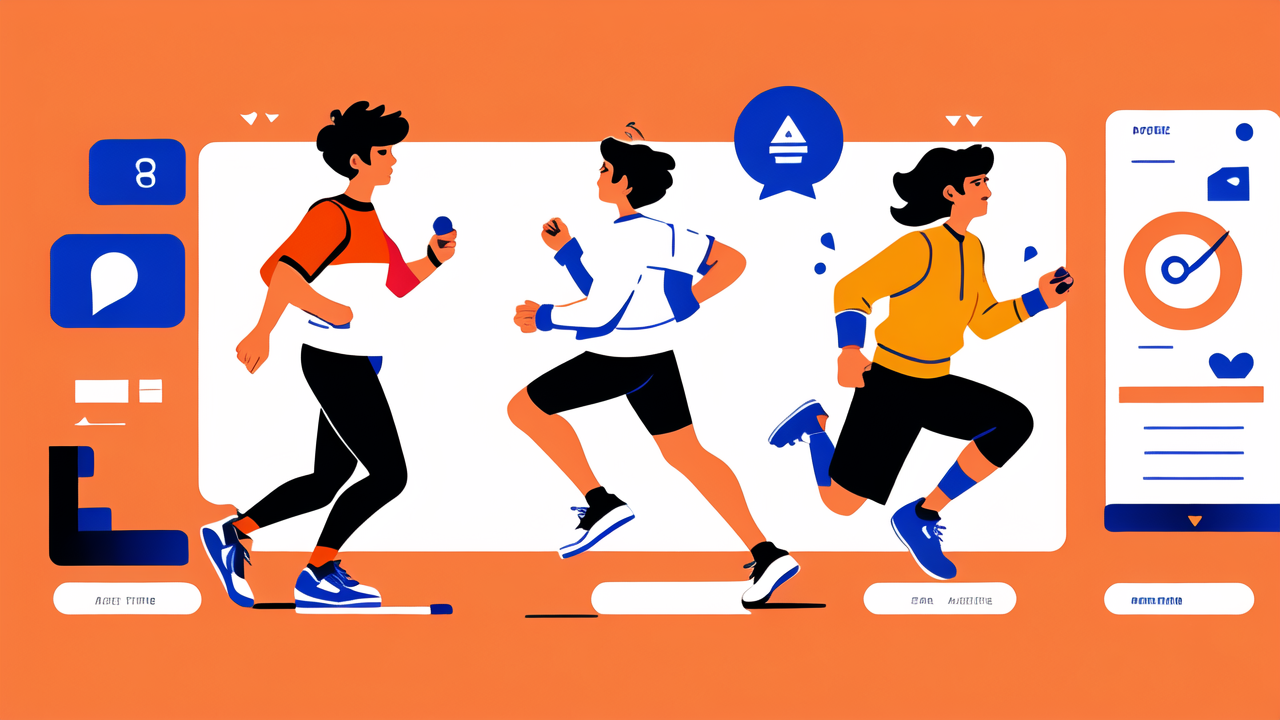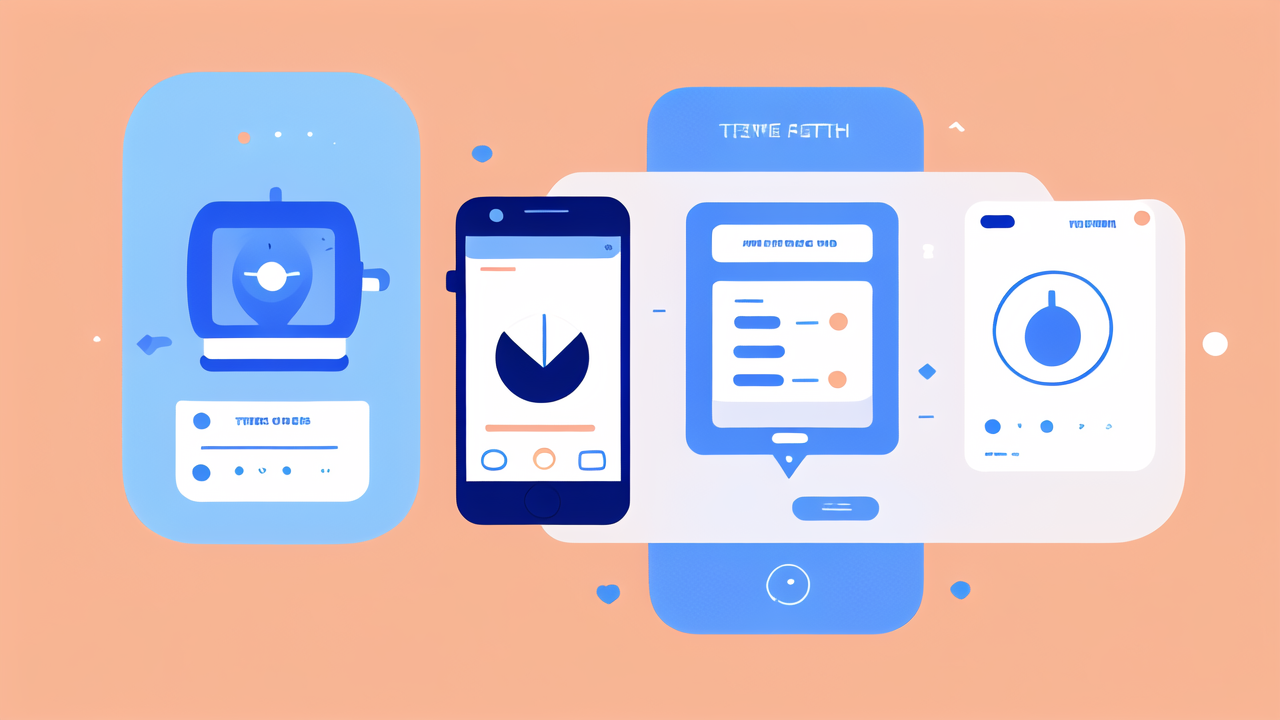Emerging Trends in Wearable Sports Technology
The Rise of Smart Wearables in the Sports Industry
Smart wearables are changing the sports world. These devices, like sports watches, are now must-haves for athletes. They track vital stats and help improve performance. The market for these gadgets is growing fast.

Many pro teams now use smart wearables. They help coaches monitor player health and fitness. Amateur athletes also love these devices. They provide data that was once only available to pros.
Sports watches are leading this trend. They offer features like heart rate monitoring and GPS tracking. Some can even measure oxygen levels in the blood. This data helps athletes train smarter and avoid injury.
How Athletic Clothing is Adopting Smart Technology
Athletic wear is getting smarter too. Clothes with built-in sensors are now a reality. These smart fabrics can track movement, muscle activity, and even posture.
Some shirts can monitor breathing and heart rate. Shoes can track running form and impact. Compression gear can measure muscle fatigue. This tech helps athletes fine-tune their training.
The goal is to make the tech invisible. Soon, your whole outfit might be a connected device. This could change how we think about sports gear. It's not just about comfort anymore. It's about data too.
Impact of AI and Machine Learning
AI and machine learning are making sports tech smarter. These tools can analyze vast amounts of data. They spot patterns that humans might miss. This leads to better training plans and strategies.
AI can predict injury risks based on an athlete's data. It can suggest when to rest or push harder. Machine learning algorithms can even personalize workouts. They adapt to each athlete's unique needs.
In the future, AI might act like a personal coach. It could give real-time advice during workouts. This could make high-level training accessible to everyone. The potential for improving athletic performance is huge.
Technological Innovations in Sports Watches
Advanced Metrics for Athletic Performance
Sports watches now offer more than just time and distance. They track complex metrics for serious athletes. These include things like VO2 max, lactate threshold, and recovery time.

VO2 max measures how much oxygen you can use during exercise. It's a key indicator of fitness. Lactate threshold shows when your muscles start to fatigue. Recovery time helps prevent overtraining.
Some watches can even track running power. This metric was once only available with expensive lab equipment. Now, it's on your wrist. These advanced metrics help athletes train more effectively.
Integration with Mobile Apps and Platforms
Sports watches don't work alone. They connect to apps and online platforms. This creates a complete training ecosystem. You can view your data, set goals, and plan workouts on your phone or computer.
Many watches sync with popular fitness apps. These include Strava, MyFitnessPal, and Training Peaks. Some brands have their own platforms. Garmin Connect and Polar Flow are good examples.
This integration makes data more useful. You can see long-term trends and share with coaches or friends. Some platforms use AI to give training advice based on your data. It's like having a virtual coach.
The Role of GPS and Real-Time Data
GPS is a game-changer for sports watches. It allows for accurate tracking of distance, pace, and routes. This is crucial for runners, cyclists, and outdoor enthusiasts.
Real-time data display is another key feature. Athletes can see their current pace, heart rate, and other stats while exercising. This immediate feedback helps with pacing and effort management.
Some watches offer navigation features. They can guide you on trails or help you explore new routes. For triathletes, multisport modes track different activities in one session. GPS and real-time data make training more precise and enjoyable.
Market and Regulatory Challenges in the US
Navigating FDA Regulations for Wearable Devices
The FDA plays a big role in the wearable tech market. They decide which devices need approval. This affects how companies design and market their products.

Most sports watches are considered low-risk devices. They don't need FDA clearance. But some advanced features might change this. For example, ECG functions require FDA approval.
Companies must be careful about health claims. They can't promise medical benefits without proof. This affects how they describe their products. It's a fine line between fitness tracking and medical monitoring.
Market Trends and Consumer Demand
The market for sports watches is growing fast. Consumers want more features and better accuracy. They're willing to pay for advanced tech. This drives innovation in the industry.
Health tracking is a big trend. People want devices that monitor sleep, stress, and overall wellness. They're not just for athletes anymore. Many use sports watches for everyday health management.
There's also demand for longer battery life and better durability. Consumers want watches that can keep up with their active lifestyles. Style is important too. Many want devices that look good in and out of the gym.
The Competitive Landscape of the Wearable Sports Technology Market
The sports watch market is very competitive. Big names like Garmin, Apple, and Fitbit lead the pack. But there are many smaller players too. Each tries to find their niche.
Some focus on specific sports. Others target casual users or serious athletes. Price points vary widely. You can find basic models for under $100 or high-end watches for over $1000.
Innovation is key to staying competitive. Companies are always adding new features. These include things like stress tracking, blood oxygen monitoring, and even ECG functions. The race to offer the most advanced tech keeps the market exciting.




Leave a comment
This site is protected by hCaptcha and the hCaptcha Privacy Policy and Terms of Service apply.